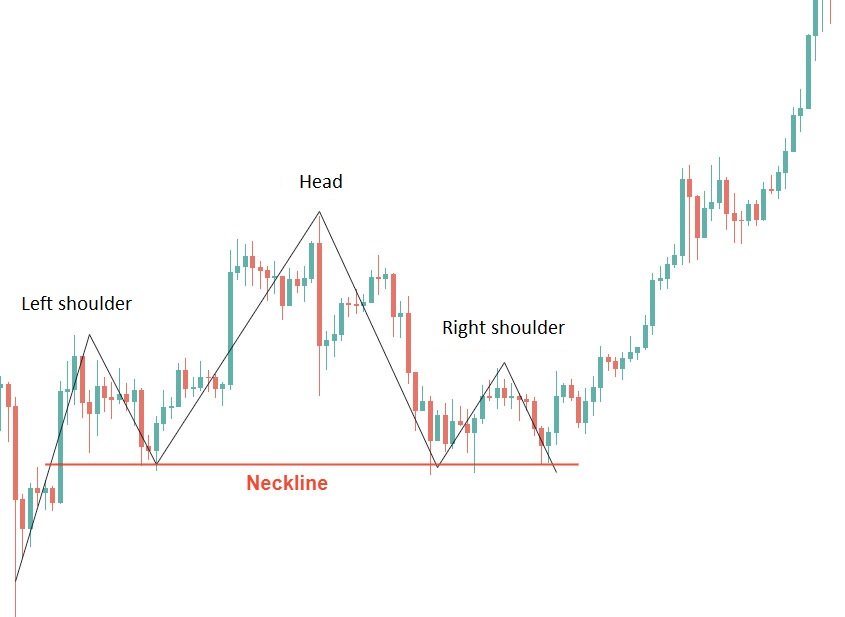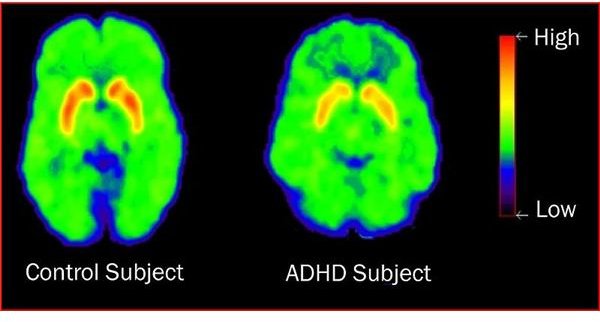

If there is no compatible buffer, gene and vector should be first digested with one enzyme followed by the other. When using two restriction enzymes (double digestion) buffer used should be compatible for both the enzymes. There are so many standardized protocols for this technique, but in some cases optimization of buffer is required and time of restriction digestion also plays a major role. After the digested fragments are cleaned up, the digested gene and vector are ligated to form a recombinant plasmid using DNA ligase enzyme. Digestion with some of these enzymes result in a sticky end and some in blunt ends. Several enzymes like EcoR I, BamH I, Nco I, Nde I, Xho I etc.,are used. Restriction digestion of both gene of interest and vector was performed by using restriction enzymes that cut the gene at a specific sequence. This is the traditional cloning technique where a gene of interest is inserted in to a vector by a cut and paste method. A few of the techniques are briefly explained below. Now-a- days researchers are using different cloning techniques depending on purpose, time, cost, ease of use and availability of resources.

Gene cloning is one of the most important steps in recombinant DNA Technology.


 0 kommentar(er)
0 kommentar(er)
